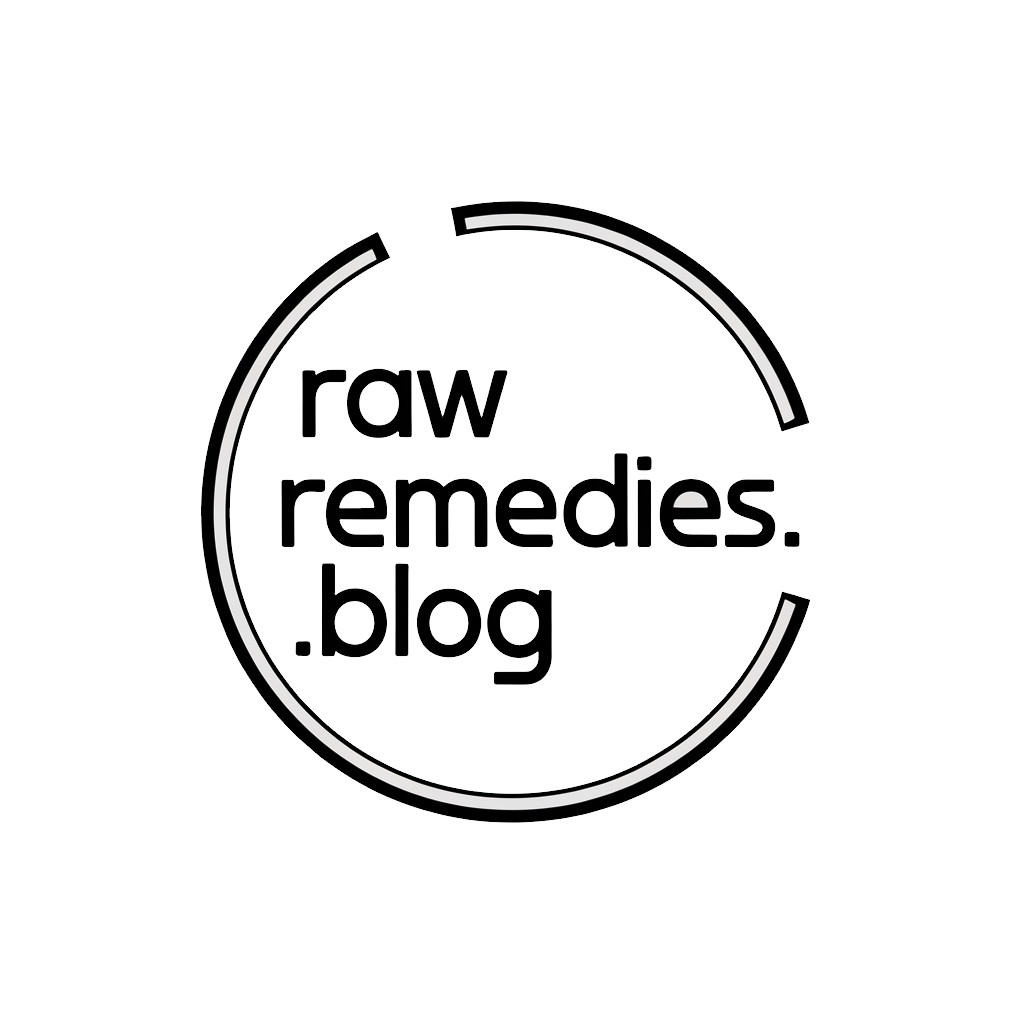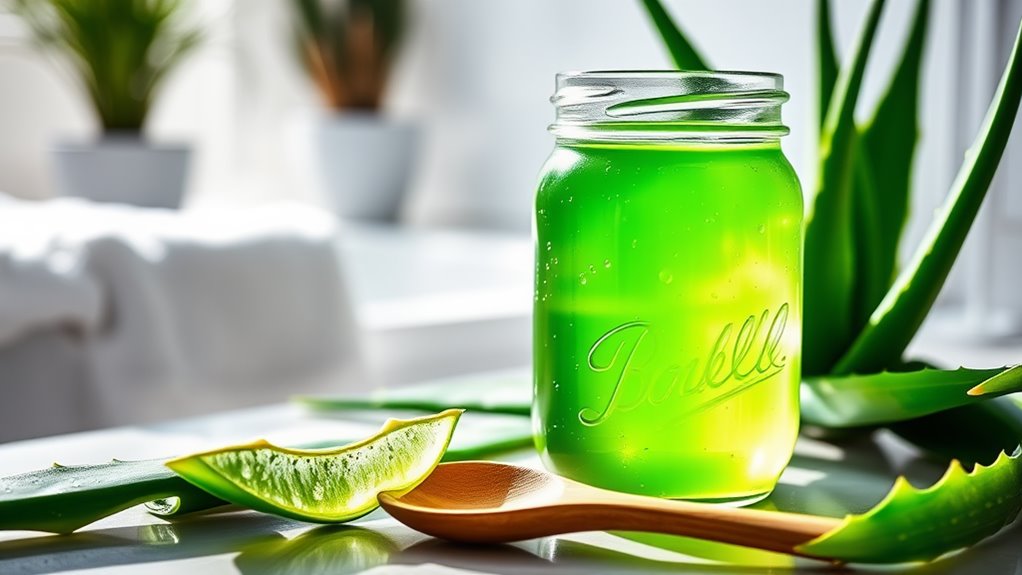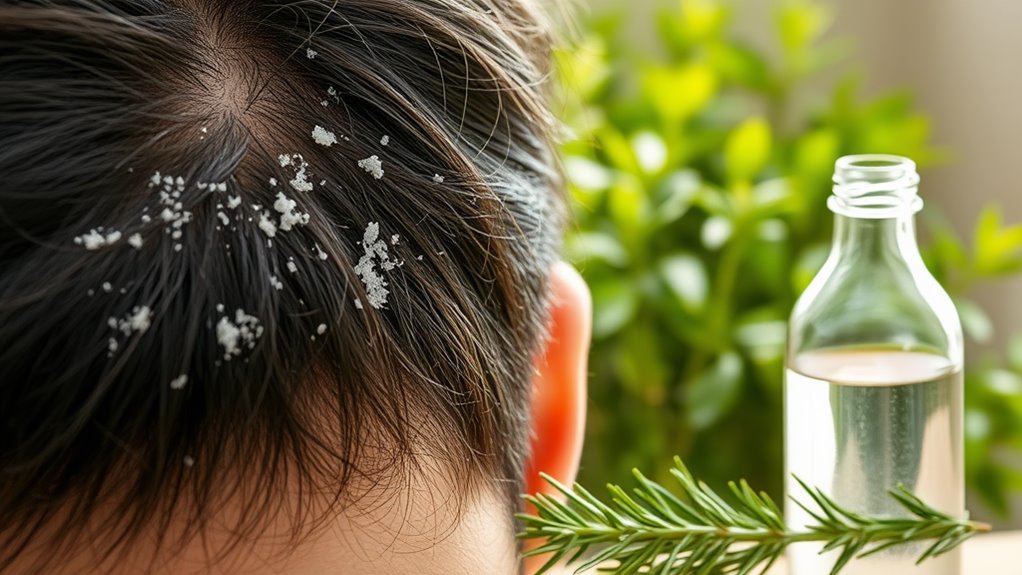Get Rid of Dandruff Forever Using This Trick!
You’ve struggled with dandruff’s persistent flaking and itching, but there’s a simple, evidence-based trick using diluted apple cider vinegar as a post-shampoo rinse—its acidic nature balances scalp pH and curbs yeast like Malassezia. Stick around to discover the full process and strategies that could keep it at bay for good.
Key Takeaways
- Use diluted apple cider vinegar as a rinse to balance scalp pH and reduce yeast overgrowth permanently.
- Apply tea tree oil mixed with a carrier oil to combat fungal causes and soothe irritation effectively.
- Maintain a daily routine of washing with mild, pH-balanced shampoo to prevent buildup and flaking.
- Adopt a diet rich in zinc, omega-3s, and vitamins to minimize inflammation and support scalp health long-term.
- Manage stress through regular exercise and avoid harsh products to sustain a dandruff-free scalp indefinitely.
Causes of Dandruff
Dandruff often arises from factors like an overgrowth of the yeast Malassezia, dry skin, or seborrheic dermatitis, which can irritate your scalp and lead to flaking. One effective home remedy involves using apple cider vinegar to balance scalp pH and reduce yeast overgrowth.
You must identify these triggers to tackle them effectively, drawing from reliable studies.
For instance, if Malassezia overgrowth is the culprit, you’re better positioned to seek a dandruff remedy at home fast, preventing further irritation and promoting scalp health.
Additionally, incorporating natural remedies can provide effective, long-lasting solutions for maintaining a healthy scalp.
Essential Ingredients for the Trick
To combat dandruff, you’ll want to incorporate essential oils, natural herbs, and key components into your hair care routine, as studies show they effectively reduce scalp inflammation. Incorporating aloe vera gel can provide additional relief due to its soothing and anti-fungal effects.
These ingredients work by targeting the root causes like excess oil and fungal growth, delivering practical results you can see.
Start by selecting high-quality options that suit your scalp type for the best outcomes.
Additionally, implementing preventive measures as part of this routine can ensure long-lasting relief from dandruff.
Essential Oils
Essential oils like tea tree and lavender offer a natural, effective solution for managing dandruff.
Tea tree oil’s antifungal properties target the malassezia fungus, while lavender calms inflammation and itching on your scalp.
You’ll reduce flakes by adding a few drops to your shampoo or carrier oil; dilute properly to prevent irritation.
Studies confirm their efficacy, making this a practical, evidence-based addition to your routine for lasting relief.
Natural Herbs
Natural herbs like neem and aloe vera provide a potent, evidence-backed approach to dandruff relief by targeting fungal overgrowth and soothing scalp irritation.
You’ll combat persistent flakes by applying neem’s antifungal extracts directly to your scalp, as clinical trials confirm its efficacy.
Meanwhile, aloe vera’s gel reduces inflammation, offering you a simple, natural alternative that integrates seamlessly into your routine.
Key Components
Key components drive your dandruff-fighting strategy, delivering targeted ingredients that tackle fungal overgrowth and soothe irritation.
You’ll need tea tree oil for its antifungal properties, backed by studies showing up to 50% reduction in dandruff.
Add zinc pyrithione to control yeast; it’s proven effective in clinical trials.
Don’t forget salicylic acid to exfoliate and clear flakes efficiently.
Step-by-Step Application Process
To tackle dandruff effectively, follow these four key steps for applying your treatment.
First, shampoo your hair with a sulfate-free product to gently clean the scalp and remove buildup.
Second, apply the anti-dandruff solution directly to the roots.
Third, massage it in circular motions for five minutes to stimulate blood flow and enhance absorption.
Fourth, rinse thoroughly with cool water, pat dry, and avoid heat styling for optimal results.
This treatment uses common household ingredients and can show results within 24 hours. By incorporating natural antifungals, this treatment addresses the root cause of dandruff.
Quick Relief Techniques
While the step-by-step application process builds long-term scalp health, you’ll gain fast dandruff relief by trying these evidence-backed techniques, such as applying diluted apple cider vinegar or tea tree oil directly to affected areas for immediate itching and flaking reduction. Moreover, apple cider vinegar’s acidic properties can also help balance the scalp’s pH to address underlying oiliness that may exacerbate dandruff.
Additionally, research supports a baking soda rinse for quick pH balance.
Use aloe vera gel to soothe the scalp and reduce flakes immediately.
Leverage apple cider vinegar’s antifungal properties for enhanced scalp protection and sustained relief from itching.
Long-Term Maintenance Strategies
Once you’ve tackled quick relief, turn to daily scalp care to prevent dandruff from returning.
You’ll rotate products regularly to avoid scalp irritation and maintain effectiveness.
Adopt lifestyle habit changes, such as a balanced diet and stress management, for sustained scalp health. For quick and effective maintenance, consider incorporating a 2-minute application of a natural scalp treatment made from household ingredients.
Additionally, incorporate natural remedies from common household ingredients to support long-term scalp health.
Daily Scalp Care
Maintain your scalp’s health through simple daily routines to prevent dandruff from returning.
Gently wash your hair daily with a mild, pH-balanced shampoo to remove excess oil and dead skin cells, as dermatological research supports this for controlling flakiness.
Perform a brief scalp massage to enhance blood flow, reducing irritation based on clinical evidence.
Use lukewarm water, pat dry softly, and avoid scratching to preserve the scalp’s natural barrier.
Consistency is essential for lasting results.
Product Rotation Strategy
To keep your anti-dandruff routine effective long-term, rotate your hair care products every 4-6 weeks.
This prevents your scalp from adapting to the same active ingredients, reducing their efficacy over time.
Based on dermatological research, you’ll maintain better control by switching formulas, such as alternating shampoos with zinc pyrithione and selenium sulfide.
It’s a practical way to sustain results without buildup.
Lifestyle Habit Changes
How can you keep dandruff at bay for good?
Adopt a diet rich in zinc, omega-3s, and vitamins to support scalp health, as studies show it reduces inflammation.
Manage stress through regular exercise or meditation, which curbs sebum production.
Maintain gentle hair care routines, like washing every other day with mild products.
These evidence-based habits ensure long-term control, preventing recurrence.
Lifestyle Tips for a Healthy Scalp
Maintaining a healthy scalp starts with everyday habits that prevent dandruff buildup.
You must wash your hair regularly with a gentle, anti-dandruff shampoo to remove oils and dead skin.
Eat a diet rich in zinc and omega-3s, as studies show these nutrients reduce inflammation.
Manage stress through exercise; it curbs hormonal triggers.
Avoid tight hats that trap moisture, promoting fungal growth.
Stay hydrated to keep skin balanced.





